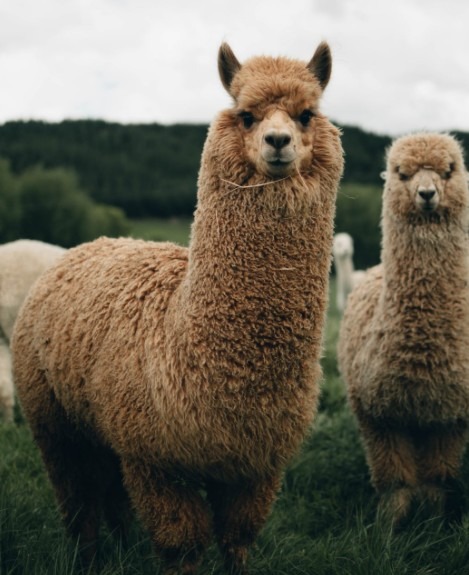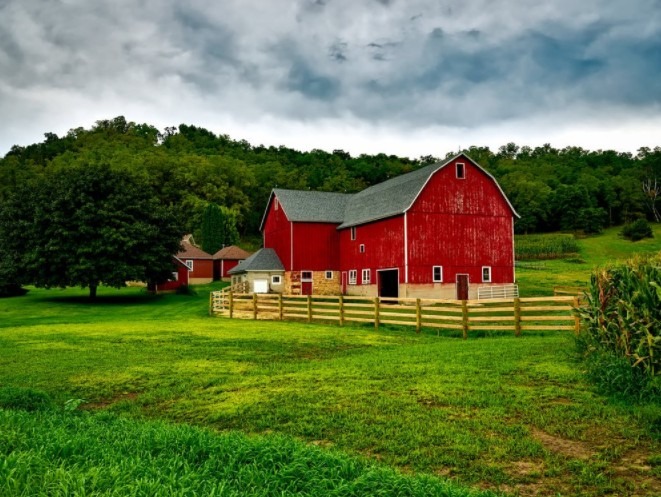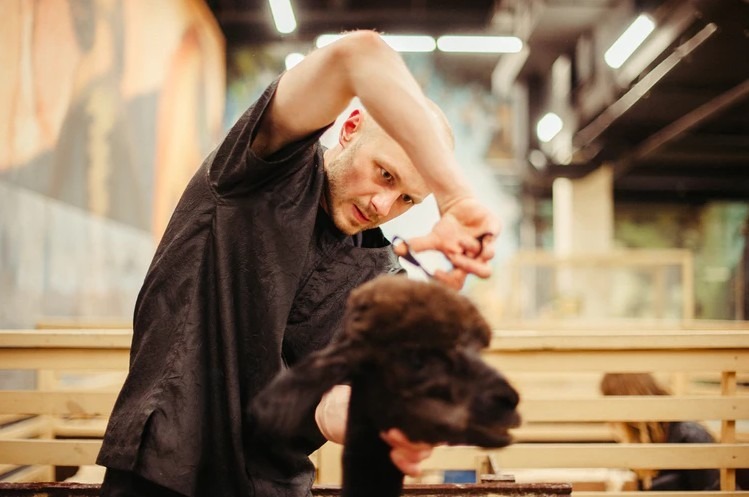Buying a llama or an alpaca is a jump into the exotic pet world. Most people go for cats or dogs as pets, but a llama or an alpaca can also make for a great pet for your homestead. Unlike regular household pets, the care routine of llamas and alpacas is very different and much more demanding. Getting the basic things out of the way first, you can’t keep an alpaca or a llama inside your house; these two animals need a lot more space than indoor pets.
These exotic pets require unique treatments all around. From their feed to their grooming, everything is above and beyond the normal category.
What is the difference between a llama and an alpaca?
The first and foremost question that comes to mind is about the difference between a llama and an alpaca? The llama and the alpaca are closely related to the camel; they fall under the camel family, better known as camelids.
The best way to differentiate between a llama and an alpaca is to look at them closely. The main differences between the two animals are physical. Llamas are bigger in size and almost double the weight of alpacas. Another detectable physical feature is that alpacas have small faces with short ears; on the other hand, llamas have elongated faces with much bigger ears.
Looking at the fur of the two may also be a giveaway; alpacas tend to have softer and shaggy fur, whereas llamas have fur that is rough to the touch.
Are you ready to take on the challenge of buying alpacas and llamas? Still contemplating and unsure of your decision? No need to break a sweat; read through this detailed guide and make up your mind on whether you want to buy these exotic pets or not.
Responsibility
Owning alpacas and llamas is a huge commitment. Not only do you need to take care of all of their needs, but you also need to make sure you know what you’re doing.
Llamas and alpacas can live up to an average of twenty years, with some even living up to the mark of thirty years; you need to make sure you’re ready for such a long and demanding commitment.
The Law of Your State

It is crucial to check the zoning laws of your area before going forward with buying llamas and alpacas. While most countries and their states allow the owning of llamas and alpacas, you shouldn’t take the risk and go through the laws of your area to be sure.
Going against the laws of your area can land you in some serious trouble with the government, so it’s better to learn about the allowance of owning llamas and alpacas and get them accordingly.
Living Space
Llamas and alpacas are farm animals that require sufficient space to roam around freely. If you live in the city with a small backyard of your house, bringing one to your home might not be your best bet. A handful of llamas and alpacas do not require substantial space, but they need a proper roaming ground that is properly fenced to avoid any inconvenience.
One acre of land for half a dozen llamas and alpacas is the advised amount of area required for an optimal living space. Not only do they need a place to roam around, but a specified sleeping area with all the proper settings is also essential.
Feeding and grooming areas go unsaid when mentioning farm animals, as those areas are the most important of them all, so make sure you have everything in order before buying alpacas and llamas.
Vet Care

It is very important to get in contact with a veterinarian before owning llamas or alpacas. Most vets do not deal with farm animals, so you might have to look around to find a suitable vet.
Llamas and alpacas need to be vaccinated against certain diseases; they also need regular checkups with a vet. A veterinarian may also recommend specified diets for your animals to ensure that they are healthy. Apart from all of these, having a veterinarian on hand with your animal’s past health history can be very helpful in the unfortunate event of your livestock getting ill.
Grooming
Just like humans, animals also need a fair share of grooming, some more than others. Most livestock owners tend to be lazy about grooming their animals, but little do they know that these minor details can go a long way in the optimal maintenance of your livestock.
Llamas and alpacas need to have their fur sheared once a year, and some even require shearing more than once. If the fur is not sheared, llamas and alpacas can develop skin diseases and get irritated. Nail clipping of alpacas and llamas is also a part of their grooming. Baths with regular intervals as recommended by your vet are also necessary.
You can hire a professional for the grooming needs of alpacas and llamas or get them done yourself, but only do them yourself if you have prior experience and know how to groom them properly.
Don’t Annoy them
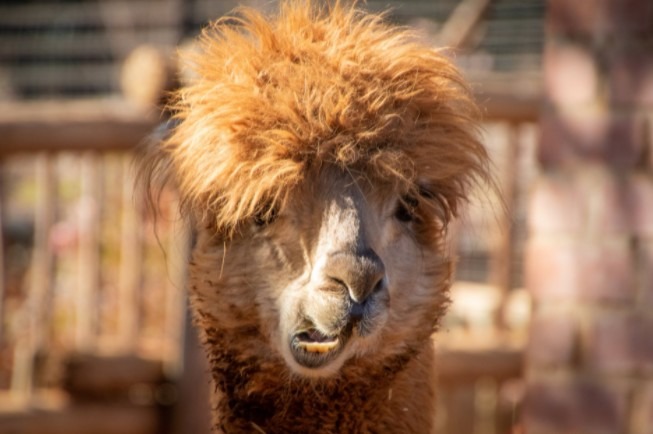
Alpacas and llamas are friendly animals until they’re annoyed. The camelids family has a reputation for creating havoc when upset or triggered.
Llamas and alpacas will kick, charge and even spit at you if you cause them distress or harm; they can even launch their spit up to 10 feet in distance. So you have to be very careful and gentle when dealing with these animals as they won’t forgive you for your mistake.
Bonding
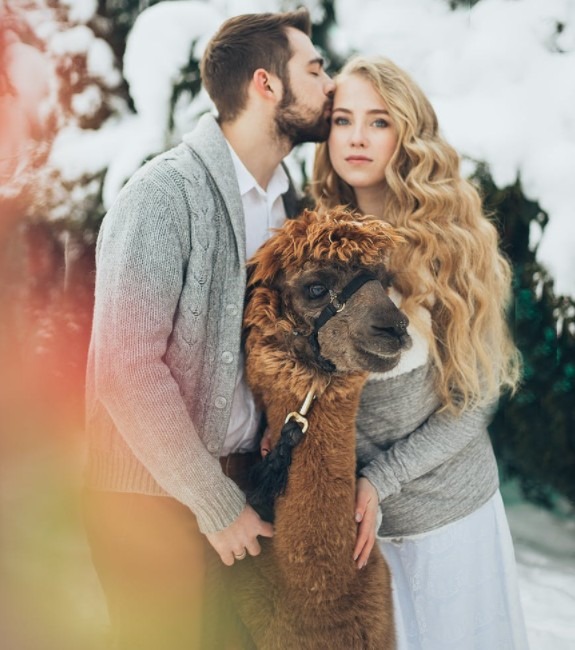
The key to bonding with llamas and alpacas is not to rush the process. Both of these animals will slowly get accustomed to the people they see around often, and you have to give it a fair bit of time before you can get close to the animal without it getting distressed.
It will boost your bonding with the animal if you treat it with special care and gentleness. It is crucial to develop a trustworthy relationship with your animal over time.
As mentioned before, alpacas and llamas can be aggressive when distressed, so try to maintain your distance until you feel like the animal likes and trusts you.
Perks of Owning Llamas and Alpacas
Llamas and alpacas may not have mainstream livestock benefits such as milking or food, but they add to the perks in their own ways.
Llamas and alpacas have been used for transportation by humans for a long time, but it is mainly a llama that can carry a heavy set of weight.
Both alpaca and llama wool is used for various purposes, but wool from the alpaca is deemed the better one out of the two.
One of the primary uses of alpacas and llamas is being a guard animal for smaller livestock; humans have been using the two to protect and guard relatively smaller livestock against predators.
Droppings from llamas and alpacas can be used as a rich fertilizer. Having llamas and alpacas roaming your fields and giving their way to nature’s call can, in return, make the plant life of your area flourish.
Conclusion
Owning llamas or alpacas might not be for everyone, but it can be rewarding if you’re ready to make the sacrifices required. Alpacas and llamas are generally very fun animals to own; owning them does come with a set of challenges that include a lot of commitment.
Once you bond well with your llamas and alpacas, you’ll fall in love with them. They provide a significant number of benefits that are easily attainable with minimal effort. If you’re ready to put in what it takes to own llamas and alpacas, waste no more time and go for it.
It is clear that you need a properly designed farmhouse to own llamas and alpacas. Learn more about farmhouses by going through our guide on what makes a farmhouse special.

